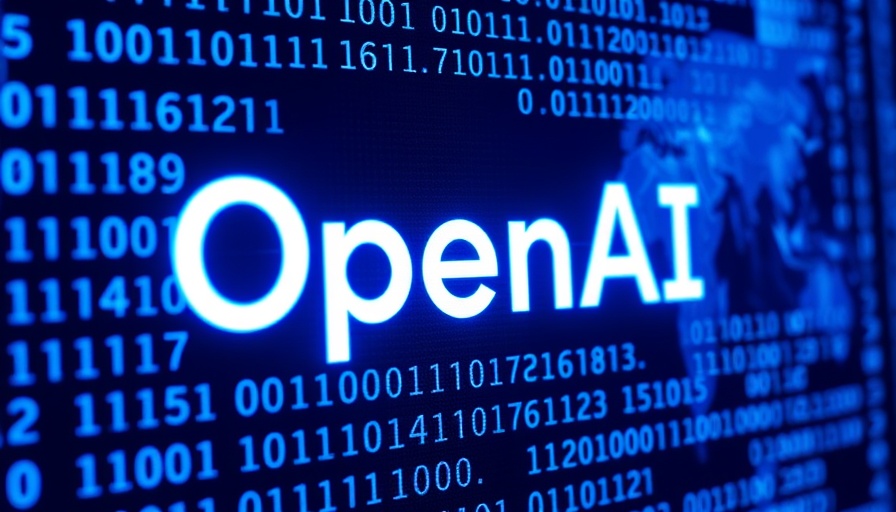
The Dawn of Self-Powered Visual Processing
As technology continues to evolve, the intersection of artificial intelligence (AI) and human-like sensory perception takes center stage. Researchers from the Tokyo University of Science have developed a groundbreaking innovation: a self-powered artificial synapse capable of mimicking human color vision. This remarkable advancement not only promises to enhance machine vision systems but also addresses critical energy consumption issues faced by modern devices.
How This Technology Works
The newly developed device employs cutting-edge dye-sensitized solar cells to generate its own electricity, permitting it to operate without external power sources. Through extensive testing, the artificial synapse demonstrated an impressive ability to distinguish colors within 10 nanometers across the visible spectrum, mirroring the impressive resolution of human eyesight. This breakthrough showcases the potential for next-gen technology to interact seamlessly within edge computing applications, where limitations in power and processing capabilities have long hindered progress.
Why This Matters
The implications of a self-powered synapse extend far beyond academic interest. In practical terms, this technology could revolutionize various industries—including autonomous vehicles, smart home devices, and wearable tech—by providing enhanced visual insights with minimal energy use. As machine vision plays an increasingly pivotal role in our daily lives, the ability to process visual data efficiently will likely fuel advancements in AI-powered technology and robotics.
Looking Ahead: Future Technology Trends
As we stand on the cusp of technological evolution, innovations like the self-powered synapse represent a promising trend towards sustainable and efficient AI technologies. By integrating biological principles into our digital environments, researchers are paving the way for future tech industries that prioritize both functionality and environmental sustainability. With developments in 5G technology and AI technology trends complementing these advancements, we might witness the emergence of a new era characterized by smart, eco-friendly solutions.
Take Action: Stay Informed on Emerging Tech Trends
As technology enthusiasts, it's crucial to keep abreast of the latest breakthroughs impacting our lives. The advent of self-powered artificial synapses is just one of many disruptive innovations to watch out for. By engaging with these advancements, we can better understand how they might reshape our world, from our daily interactions with technology to the broader implications for sustainability. Stay curious—explore, learn, and adapt!
 Add Row
Add Row  Add
Add 




Write A Comment